“Effective tooling in manufacturing bridges the concept and reality, transforming design ideas into tangible parts or products.”
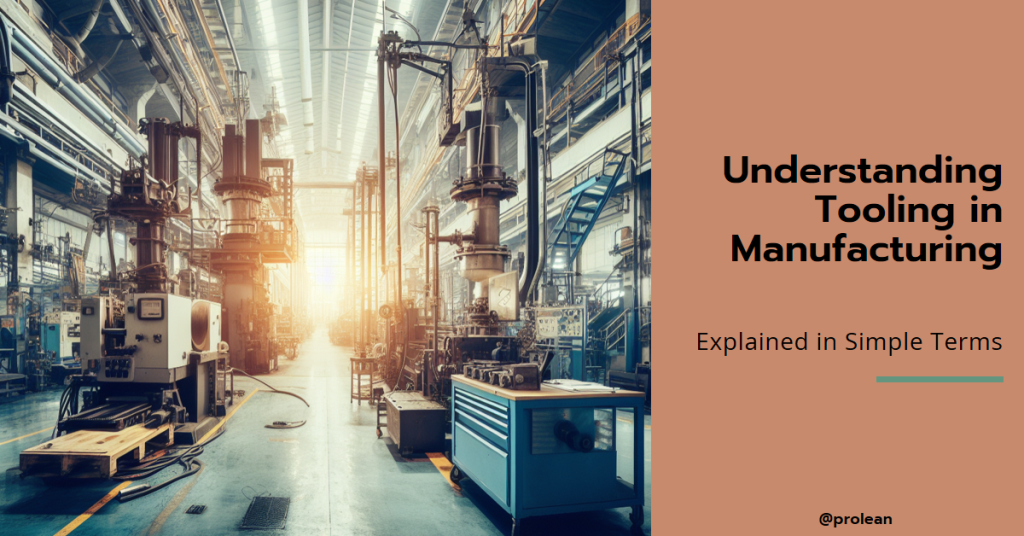
Tooling plays a pivotal role in manufacturing. It relies on a combination of skill, technology, and specialized equipment, so you can convert the raw materials into finished products. But before that, you must create tooling. This process significantly influences precision, efficiency, and innovation in manufacturing. Let’s discuss what tooling is, its significance, its manufacturing, and its different categories.
What is Tooling in Manufacturing?
In manufacturing, tools are the devices, instruments, or machines that are used to perform specific tasks in the production process. They play a significant role in shaping raw materials and creating finished products. Moreover, they can range from household tools to complex machinery. While manufacturing of tools is known as tooling. Tooling includes the design, development, and implementation of specialized tools, molds, and equipment used in manufacturing processes.
These tools are essential for shaping, forming, cutting, and assembling raw materials into precise components and final products. Moreover, Tooling is a broad term that covers a range of tools, from simple handheld devices to complex machinery and molds.
Significance of Tooling in Manufacturing
Tooling can impact the quality of manufactured products. If tooling is not prepared and used correctly, it can produce subpar or ineffective parts. Properly designed and engineered tooling gives proper attention to products that work according to the requirements.
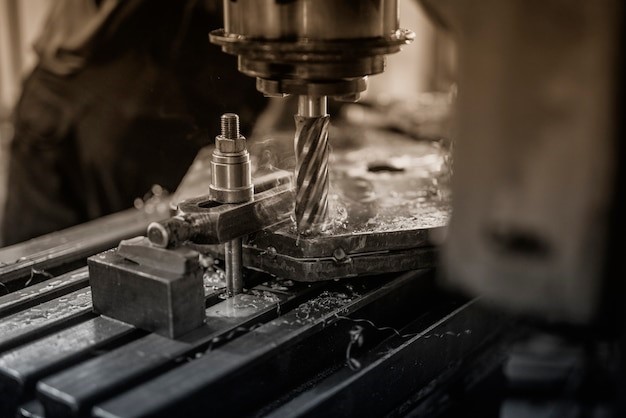
Tooling in manufacturing
Making tools also affects on a larger scale to produce products in bulk. In this case, tooling can speed up the process and make it more affordable. So, getting tooling right is essential for making good-quality products efficiently.
1- Execution of Machining
Only tools allow CNC machines to remove the material from a workpiece, without tooling just the spindle rotates, and no machining.
2- Precision Engineering
Tooling is synonymous with precision engineering in manufacturing. The precision of tools directly translates into the accuracy and consistency of the produced components. Whether it’s crafting intricate parts for aerospace applications or molding precise plastic components, the quality of tooling determines the quality of the final product.
3- Efficiency and Cost-Effectiveness
Efficient tooling processes contribute to streamlined manufacturing workflows. Production tooling, especially in processes like injection molding, allows for the creation of large quantities of identical parts with minimal variations. While the initial investment in production tooling may be substantial, the long-term cost per unit is often significantly lower than other manufacturing methods.
4- Innovation and Customization
Tooling facilitates innovation by enabling the creation of unique and customized components. Moreover, Advanced machining techniques, such as CNC machining, have revolutionized tooling, allowing for intricate designs and complex geometries. This level of innovation is crucial in industries where product differentiation and customization are key factors.
5- Material Flexibility
Tooling is adaptable to various materials, ranging from metals like aluminum and steel to a diverse array of plastics. So, the ability to choose the right materials for specific applications ensures that the final product meets the desired strength, durability, and aesthetic requirements.
Try Prolean Now!
Stages of Tooling in Manufacturing
There are three stages of tooling in manufacturing; prototype tooling, bridge tooling, and production tooling.
1۔ Prototype Tooling
Prototype tooling is the initial phase in the manufacturing process. It involves creating molds and tools to produce prototypes or small batches of products. These tools are typically for short-term use and are crucial for testing and validating the design before moving into mass production.
2۔ Bridge Towing
Bridge towing is a bridge between the completion of prototype towing development and the beginning of production towing. It is not as strong as production towing, but it can be built more quickly and does not require a higher level of investment. So, many manufacturers use bridge towing to support ramping up volume. It is also used to assess the production process and gain a practical understanding of product design.
3۔ Production Tooling
Production tooling is an advanced stage. In this type of tooling, we can create the tools and molds for large-scale and mass production. So, this type of tooling is optimized for durability and long-term use. It is a significant investment in terms of time and resources. But it ensures cost-effectiveness and efficiency in high-volume manufacturing.
What Are the Types of Tooling?
We can categorize tooling into two types based on suitability, material, durability, characteristics, and manufacturing. Let’s break down the categorization:
1۔ Soft Tooling
Soft tooling is suitable for low- to medium-volume parts. Aluminum is the most common material for soft tooling. It helps create molds that can produce parts, and it’s a great choice for prototyping or creating intricate mold patterns. However, soft tooling is not as durable as hard tooling.
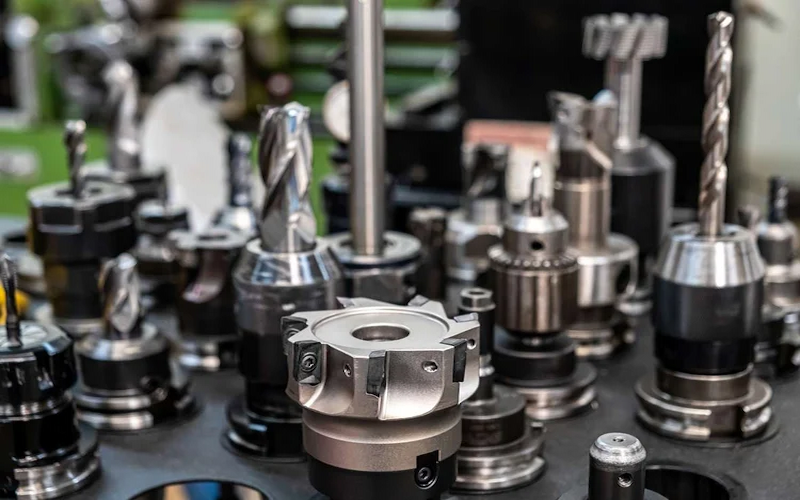
Soft tooling examples
Sometimes, we must change soft tooling to a new one because it starts losing shape. Moreover, it can produce parts that may not withstand stress. Overall, switching to new soft tooling can increase lead times and waste.
2۔ Hard Tooling
In contrast to soft tooling, hard tooling is made from stable materials like steel or nickel alloys. It can withstand numerous production cycles, allowing manufacturers to produce more parts.
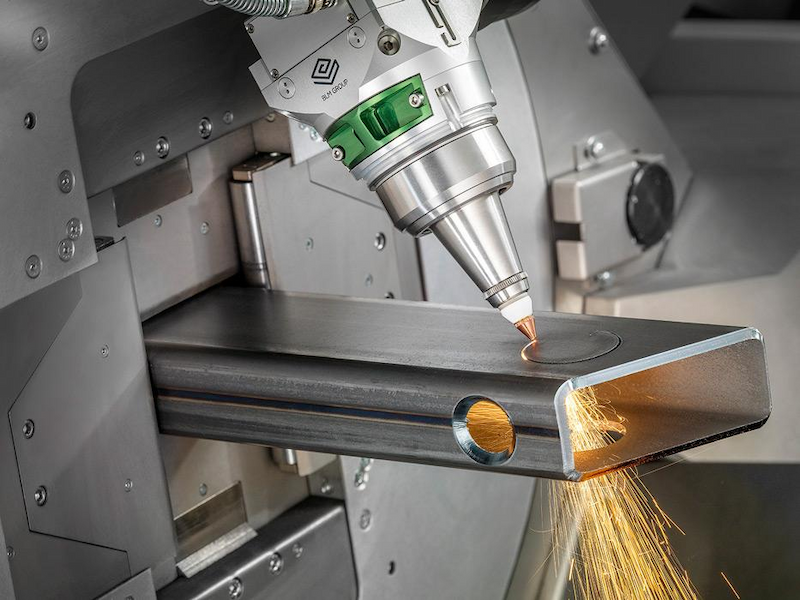
Laser Cutter as hard tooling example
Although hard tooling takes more time to build than soft tooling, it lasts longer and can produce more parts before needing replacement. For large production runs, hard tooling is the better choice due to its durability and efficiency
How Tooling is Made?
There are two manufacturing processes to make rapid tooling. It includes a soft process and a hard process. Soft tooling is cost-effective, while hard tooling takes less time to make compared to manufacturing in a competitive market. Typically, soft tooling can be 3D printed, milled, or machined, depending on the requirements. Like soft tooling, hard tooling can also be made through milling or machining processes. So, it can also be created using hard turning or Electrical Discharge Machining (EDM).
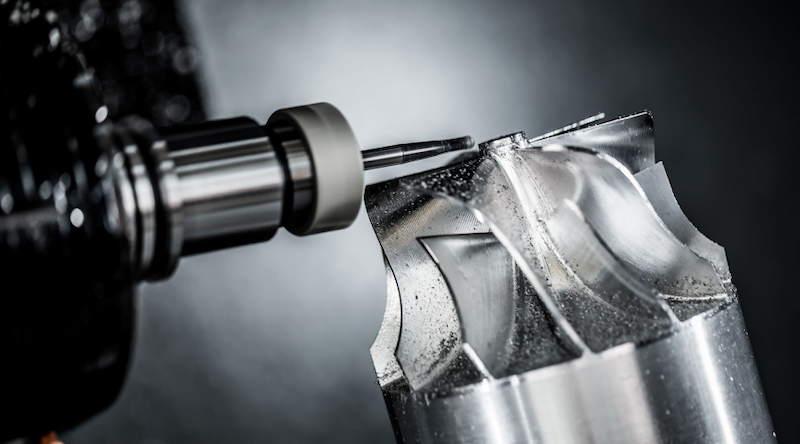
Tool manufacturing with CNC machining
Materials Used in Production Tooling
We can make tooling using several thermoplastics. These thermoplastics usually include ABS, PET, PC, PMMA, nylon, POM, etc. The choice of material for tooling production highly depends on the specific requirements of the manufactured products.
Automatic Tooling or Tool Changing (ATC) in Modern CNC Machining
If we talk about CNC machining, Automatic Tooling or Tool Changing (ATC) is vital in optimizing efficiency. In traditional methods, the operator manually changes the tools during processes. But ATC automates this task. It allows a smooth transition of tools without interrupting the manufacturing process.

Automatic tool changer (ATC)
Here are some benefits of ATC in manufacturing.
- Increased Productivity: As ATC automates the rapid tool change, it minimizes downtime and maximizes machine utilization. This efficiency is particularly very helpful in high-volume production scenarios.
- Versatility: Modern CNC machines are usually equipped with ATC. They can accommodate a variety of tools for different tasks, such as cutting, drilling, or milling. This versatility increases the machine’s ability to handle diverse manufacturing requirements.
- Precision and Consistency: As in traditional methods, the operator changes the tools manually, so the chances for human errors increase, but in ATC, this whole process is automatic, so it eliminates the errors and guarantees more precision and consistency. So, the tooling is crucial for industries that have high-quality standards.
- Adaptability to Complex Designs: The ATC can easily deal with intricate designs and complex machining operations. Its ability to switch between specialized tools efficiently allows it to produce highly detailed and customized components.
Try Prolean Now!
Choose Prolean for the Tooling Production
Prolean is an expert with years of experience making good tools at large scale. Our team is certified and skilled. Prolean is always ready to handle even the toughest tooling jobs. We take pride in our tools, which meet high standards. So, if you need tools to make machine parts, just call us. So, we’ll do our job right and can make tools quickly. Because we have a lot of experience. So, if you have any questions about tools or if you’re ready to start your project. So, don’t settle for less. Contact the Prolean team or ask for a price quote today.
Conclusion
Tooling is important in manufacturing. It’s about using special tools and equipment to turn raw materials into finished products. The quality of these tools matters to make a product fast and effective. Prolean is a company that’s good at making these tools. Moreover, we focus on making top-notch tools, and if you have any questions or need tools for your project, we’re the ones you should talk to.
So, if you want your tooling service done right, contact us !
FAQ
1- How does tooling impact manufacturing efficiency?
Good-quality tooling makes the machines work smoothly. So, it also helps in making production faster and more reliable.
2- Role of tooling in achieving consistency?
Tooling helps create many identical parts precisely. Moreover, it ensures a uniform and high-quality end product on a large scale.
3- Considerations for selecting the right tooling?
There are three things you must consider selecting the right tooling;
- Consider product type.
- Quantity of product needed.
- Durability of tooling
4- Influence of CNC machining on manufacturing?
CNC machining is a smart tooling technology. We use it to produce intricate parts with high accuracy, revolutionizing modern manufacturing by using the best CNC cutting tools.


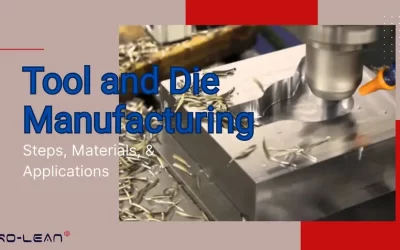

0 Comments